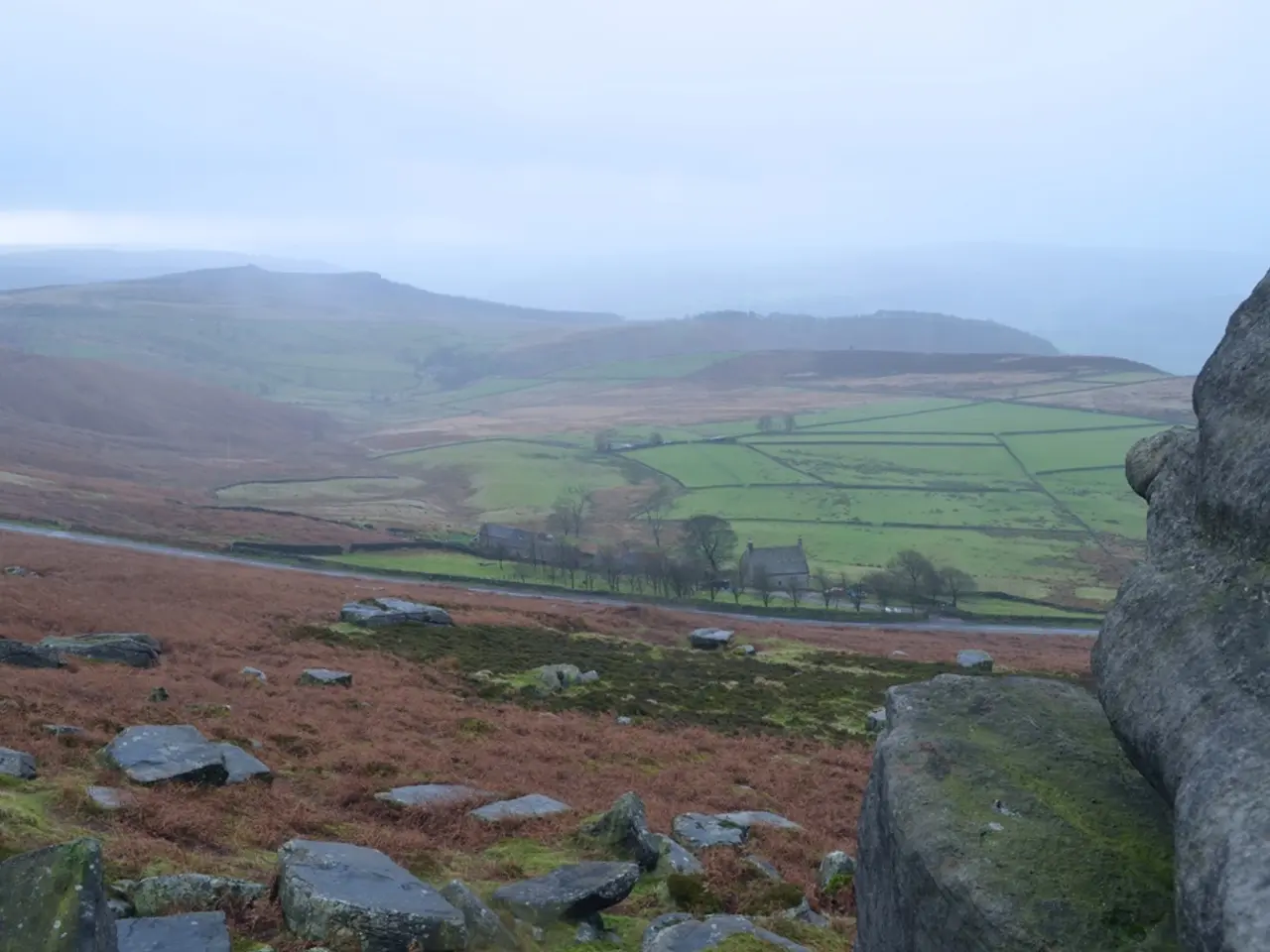Exploring the Essence of Grand Turk's Cultural Landscape
Grand Turk: A Vibrant Blend of History, Culture, and Nature
Grand Turk, a British Overseas Territory in the Caribbean, offers visitors a unique opportunity to immerse themselves in a rich cultural tapestry that seamlessly intertwines history, community, and nature.
History and Heritage
The history of Grand Turk is deeply rooted in the salt industry, which thrived from the 1700s to early 1900s. The island's salt-raking past is showcased at the Turks and Caicos National Museum, housed in historic buildings like Guinep House. Landmarks such as the Grand Turk Lighthouse serve as cultural icons, symbolizing the island's maritime history.
Culture and Community Values
The people of Grand Turk place great importance on community and family ties, with social activities often revolving around shared meals and celebrations. The culture of the island reflects a fusion of Caribbean, African, and colonial influences. Music styles like ripsaw music, unique to the Turks and Caicos region, are a testament to this cultural melting pot.
Language
English is the official language of Grand Turk, reflecting its British heritage. Local dialects and expressions incorporate Caribbean influences but remain mutually intelligible with standard English.
Food Traditions
Seafood plays a central role in Grand Turk's culinary landscape, with conch dishes being especially famous and a staple of the islanders’ diet. Local festivals and gatherings serve up traditional Caribbean fare, combining fresh seafood with island spices, often enjoyed in communal outdoor settings.
Festivals and Events
Grand Turk hosts several local cultural events throughout the year, providing visitors and locals alike with opportunities to experience island music, dance, and culinary traditions. These events emphasize heritage, community spirit, and cultural preservation, making them key to maintaining the island’s cultural identity.
Nature and Sustainability
Grand Turk's relationship with nature is central to the island's cultural and spiritual life. The island cultivates a welcoming environment that honors both its natural surroundings and its historic legacy. Vibrant coral reefs attract thousands of divers and snorkelers each year, showcasing the island's natural treasures. Local churches serve as gathering spaces, where seasonal religious observances often incorporate elements of nature, further strengthening the bond between the people and their surroundings.
The island's atmosphere is characterized as relaxing yet vibrant, with an inviting atmosphere that combines serenity with rich cultural experiences. Grand Turk is a vibrant island, offering a unique blend of history, culture, and natural beauty.
Tourism plays a crucial role in the local economy, accounting for over 70% of the island's annual income. The Annual Island Carnival, held in late May, celebrates local traditions and fosters community pride, with attendance increasing by up to 30% during this time. Grand Turk's warm and friendly locals, known for their cultural richness stemming from African, European, and indigenous heritages, further contribute to its allure.
Dining options range from open-air restaurants to beach shacks, providing opportunities to enjoy meals while immersed in the island's atmosphere. Traditional foods in Grand Turk also include peas and rice, and johnnycakes. Rum punches and fruity cocktails, often made with local fruits like mango and coconut, are popular drinks.
The island's history is marked by the slave trade, which had a profound impact on the island, leaving lasting influences on local customs, music, and oral storytelling. Grand Turk was originally inhabited by the Lucayan Taíno people before Christopher Columbus arrived in 1492, marking the onset of European colonization. The island was primarily under British control and was a significant salt export center, with up to 2.5 million pounds of salt shipped annually in its peak years.
Junkanoo, a lively street parade featuring colorful costumes, upbeat music, and traditional dances, occurs every December 26 and January 1. The Annual Island Carnival, held in late May, also showcases these vibrant celebrations. Grand Turk's historic buildings, like the National Museum and Cockburn Town, showcase colonial architecture still standing today. The cuisine of Grand Turk is heavily inspired by the island's environment and history, with fresh seafood being a cornerstone of traditional dishes such as conch fritters, grilled lobster, and fish tacos.
In summary, Grand Turk's culture is shaped by its historical salt industry roots, vibrant community life, distinctive music and food traditions, and strong preservation of heritage through festivals and museums. The island cultivates a welcoming environment that honors both its natural surroundings and its historic legacy.
- Visitors can enjoy a blend of food-and-drink traditions, including mouthwatering conch dishes and refreshing rum punches, as part of their Grand Turk experience.
- Travelers immersing themselves in the rich cultural tapestry of Grand Turk can look forward to participating in its renowned festivals, such as the Annual Island Carnival and Junkanoo parades, to experience the island's vivid music, dance, and culinary traditions.




